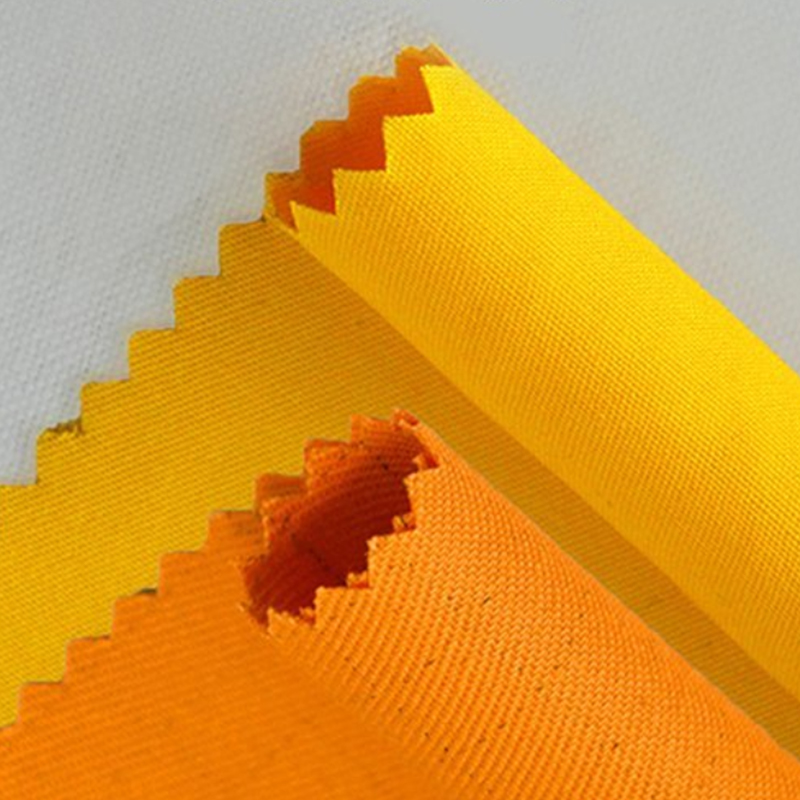Anti-ultraviolet fabrics are increasingly recognized for their essential role in protecting against the harmful effects of UV radiation. These fabrics are engineered to either absorb or reflect UV rays, significantly reducing the risk of sunburn and long-term skin damage. However, the question of whether anti-UV fabrics can be used in all types of clothing or if there are limitations is complex and nuanced.
Anti-UV fabrics are versatile and can indeed be incorporated into a wide range of clothing items. From casual wear such as shirts and dresses to specialized gear like swimwear and sports apparel, the applications of these fabrics are diverse. Their primary advantage lies in their ability to provide enhanced protection against the sun's harmful rays, making them particularly valuable for summer clothing and outdoor activities. For instance, fabrics treated with UV-blocking agents or woven with UV-resistant fibers offer significant benefits for those who spend extended periods outdoors or in environments with high UV exposure.

However, there are certain limitations to consider. The effectiveness of anti-UV fabrics can vary based on several factors, including the fabric's composition, weave, and the specific treatment used. While many modern fabrics offer high levels of UV protection, not all anti-UV treatments are created equal. The level of UV protection can diminish over time with washing, wear, and exposure to the elements, which can impact the long-term efficacy of the fabric. Additionally, while anti-UV fabrics can be used in many types of clothing, they are not always suitable for every application. For instance, highly specialized or delicate garments might not benefit from the same level of UV protection, or the fabric might not offer the desired level of comfort or flexibility for certain designs.
My product, "Anti-ultraviolet fabric," exemplifies the latest advancements in UV protection technology. It combines high-performance UV-blocking treatments with a range of fabric options to meet various needs, from everyday wear to specialized outdoor gear. This ensures that while the fabric offers superior protection against UV rays, it also maintains comfort and durability. The careful balance between UV protection and fabric performance highlights that while anti-UV fabrics are indeed versatile, the choice of material and treatment can influence their suitability for different types of clothing.
While Anti-ultraviolet fabrics can be used across a broad spectrum of clothing items, there are inherent limitations based on the fabric's properties and intended use. Advances in fabric technology have made it possible to offer robust UV protection in many types of apparel, but the effectiveness and suitability of these fabrics depend on careful consideration of their composition and application.